
The Reliability of the Cervical Relocation Test on People with and Without a History of Neck Pain
Burke S, Lynch K, Moghul Z, Young C, Saviola K, Schenk R. The reliability of the cervical relocation test on people with and without a history of neck pain. J Man Manip Ther. 2016;24(4):210-214. Abstracted by: Rebecca Sherwin, PT, COMT, West Monroe, LA – Fellowship...

What’s wrong with this picture?
By Theresa Parry OTR MS CHT COMT This is an example of a midcarpal joint dorsal intercalated segment instability (DISI). Note how the moon-shaped lunate in facing in a dorsal direction. Also, notice the arthritic changes taking place on the dorsal lip of the lunate...

How do I know if I am dealing with a tendinopathy or a tenosynovitis?
By Theresa Parry OTR, CHT, COMT We hear so many different words when it comes to tendon issues. Tendonitis, tendinosis, tendinopathy, tenosynovitis….. So, what means what? And why do we care? Tendinopathy is a term used to encompass all issues with the tendon proper....
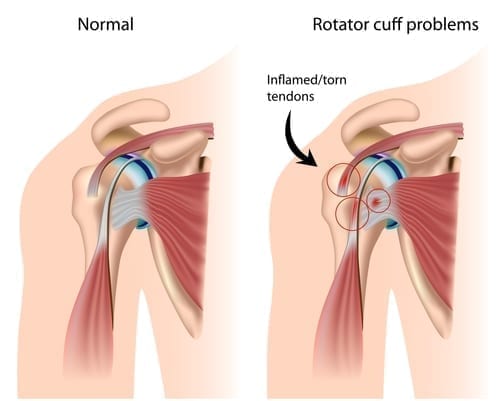
Restoring External Rotation in the Shoulder
By Dustin Silhan, PT, ScD, COMT When we look at our shoulder patient population, whether we are dealing with the post-op case, adhesive capsulitis, or other cases where we have capsular restrictions, external rotation (specifically at 90 degrees abduction) is often...

Kinematics of fast cervical rotations in persons with chronic neck pain: a cross-sectional and reliability study
Roijezon U, Djupsjobacka M, Bjorklund M, et al. Kinematics of fast cervical rotations in persons with chronic neck pain: a cross-sectional and reliability study. BMC Musculoskel Dis. 2010; 11:222. Abstracted by Kevin Browne ScD TTUHSC While sensorimotor deficits...

Two different courses of impaired cervical kinaesthesia following a whiplash injury. A one-year prospective study
Oddskottir GL, Kistjansson E. Two different courses of impaired cervical kinaesthesia following a whiplash injury. A one-year prospective study. Manual Therapy. doi:10.1016/j.math.2011.08.009. Abstracted by Kevin Browne ScD TTUHSC It is thought that kinaesthesia in...

Management of a patient with acute acetabular labral tear and femoral acetabular impingement with intra-articular steroid injection and a neuromotor training program
Narveson, JR, Haberl, MD, Grabowski, PJ. Journal of Orthopedic & Sports Physical Therapy, 2016. Abstracted by: Paige Koebbe, SPT at Missouri State University, Springfield, Missouri. This study was done to investigate conservative treatment methods for patients...

Ligamentum teres tears and femoroacetabular impingement: prevalence and preoperative findings
Chahla J, Soares EA, Devitt BM, Peixoto LP, Goljan P, Briggs KK, Philippon MJ. (2016). Ligamentum teres tears and femoroacetabular impingement: prevalence and preoperative findings. Arthroscopy: The Journal of Arthroscopic and Related Surgery, 32(7): 1293-1297...

Patellofemoral joint biomechanics in the females with anterior knee pain applying full weight bearing kinematic MRI
Brazaitis, A., Tamošiūnas, A., & Tutkuvienė, J. (2015). Acta Medica Lituanica, 22(1), 47-53. Abstract by: Rachael Meusborn, SPT at Missouri State University, Springfield, Missouri. This intra-subject comparison study aimed to determine if females with unilateral...

What’s so cool about the IAOM-US upper extremity track?
Have you been wondering? Well, let me help you out with that. My name is Amy Houchens and I am an instructor with the IAOM-US upper extremity track. I am a PT, CHT and found my first course with this group online. I saw who the instructors were and had already...

Upper cervical and upper thoracic manipulation versus mobilization and exercise in patients with cervicogenic headache: a multi-center randomized clinical trial
Dunning JR, Butts R, Mourad F, Young I, Fernandez-de-las Peñas C, Hagins M, Stanislawski T, Donley J, Buck D, Hooks TR, Cleland JA. BMC Musculoskeletal Disorders. 201;17(64). doi: 10.1186/s12891-016-0912-3 Abstracted by: Kristen Fisher, SPT from Missouri State...
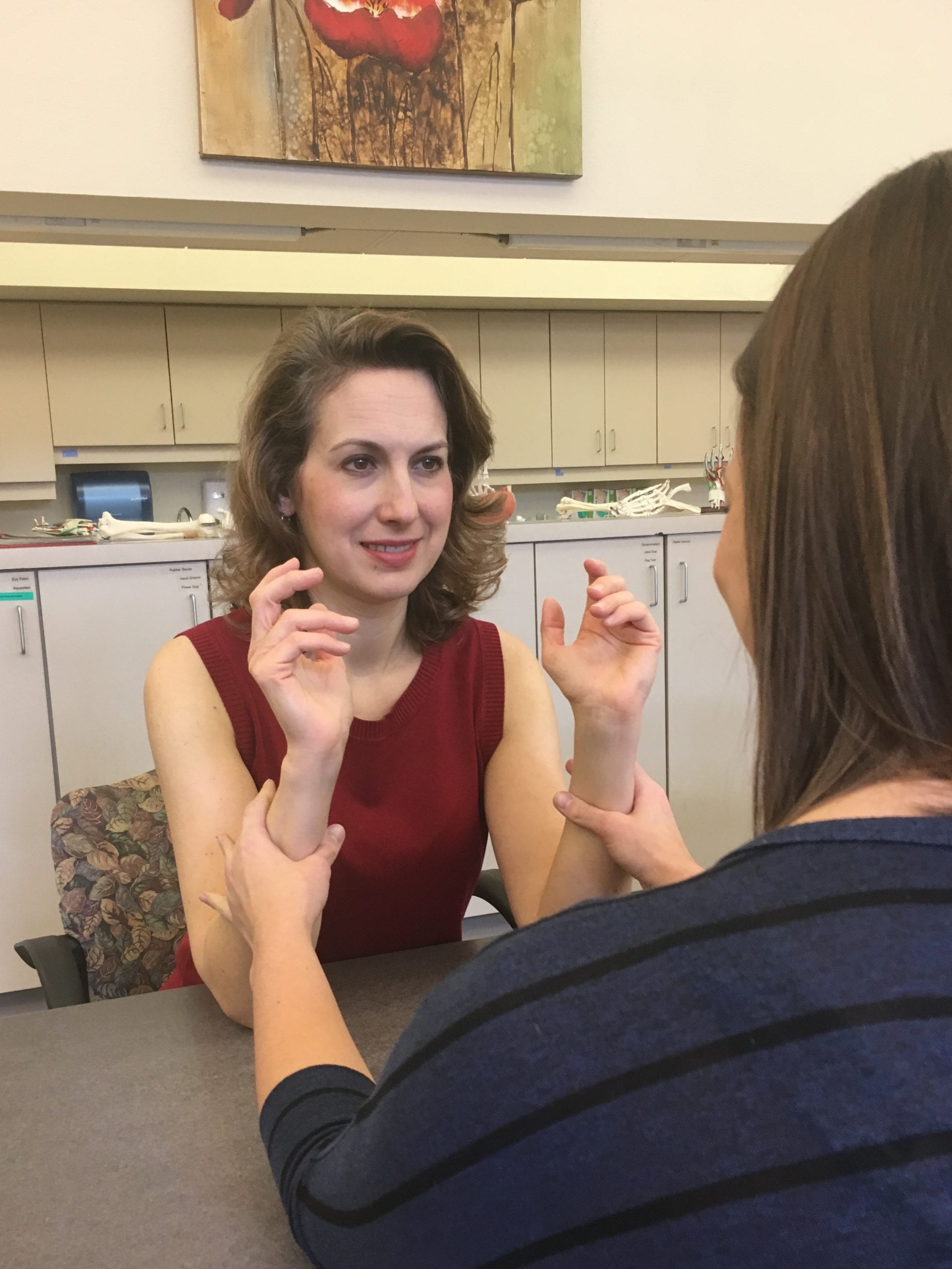
What’s all the fuss about dart thrower’s motion?
By Theresa Parry OTR, CHT, COMT If you have been present in the hand therapy literature world as of late, you can’t help but notice all the hype about dart thrower's motion (DTM). So, what is it and how can we use it in the clinic?! DTM is the movement that occurs...
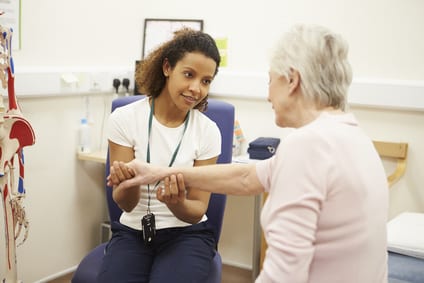
Patient Essentials: We have the time
By Dustin Silhan PT ScD COMT This is a saying we like to use in the clinic where I work - a hospital-based outpatient facility. The concept attempts to place the focus on service to the patient, making them the focal point, and taking the extra step to go above and...

What’s the best treatment for my patient?
By Amy Hay Azevedo PT ScD COMT As physical therapists, all of us share a common purpose. We want our patients to achieve their goals. This is what drives us to learn more about various pathologies and treatment techniques. This is why we watch videos on YouTube,...
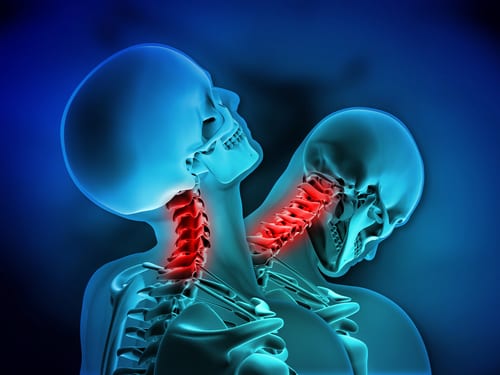
Comparison Between Effectiveness of Mechanical and Manual Traction Combined with Mobilization and Exercise Therapy in Patients with Cervical Radiculopathy.
Bukhari, Shakil-ur-Rehamn, Ahmad & Naeem. Pakistan Journal Of Medical Sciences, 32(1), 31-34. Article summary by Sierra Wooley, SPT from Missouri State University, Springfield, MO Impingement of a cervical nerve root that causes radiating neurological symptoms is...

What Every Patient Needs – Part 1
The chronic pain client can be a challenge to treat even for the most knowledgeable clinician. To this day, not only the patient, but also the providers are asking the questions 1) which is the best approach to treating the chronic pain patient: physical therapy or...
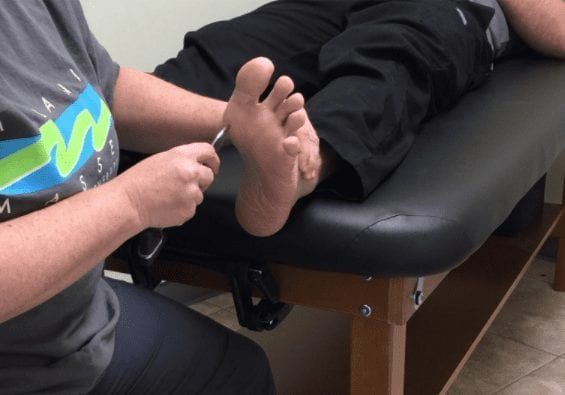
Abstract: Clustered clinical findings for diagnosis of cervical spine myelopathy
Cook C, Brown C, Isaacs R, Roman M, Davis S, Richardson W. J Man Manip Ther. 2010;18(4):175-80. Abstracted by: Rebecca Sherwin, PT, COMT, West Monroe, LA – Fellowship Candidate, IAOM-US Fellowship Program & Jean-Michel Brismée, PT, ScD, IAOM-US Fellowship Program...

SPT Abstract: Effects of Low‐Intensity Walk Training With Restricted Leg Blood Flow on Muscle Strength and Aerobic Capacity in Older Adults
Abe, T., PhD, Sakmaki, M., PhD, Fujita, S., PhD, Ozaki, H., Sugaya, M., Sato, Y., MD, PhD, & Nakajima, T., MD, PhD. Journal of Geriatric Physical Therapy, 33(1), 34-40. January, 2010. Article summary by Al Tentler, SPT from Missouri State University, Springfield,...

Study: Non-steroidal anti-inflammatory drugs for spinal pain: a systematic review and meta-analysis
Here is another interesting study related to prescribing NSAIDs for spinal pain despite there being no practical evidence that they work. Abstract Background While it is now clear that paracetamol is ineffective for spinal pain, there is not consensus on the efficacy...

SPT Abstract – PILATES IMPROVES PAIN, FUNCTION AND QUALITY OF LIFE IN PATIENTS WITH CHRONIC LOW BACK PAIN: A RANDOMIZED CONTROLLED TRIAL
Pilates helps people with low back pain.
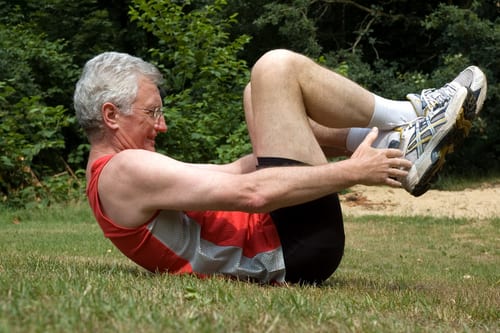
SPT Abstract – CERVICOTHORACIC MANUAL THERAPY PLUS EXERCISE VERSUS EXERCISE THERAPY ALONE IN THE MANAGEMENT OF INDIVIDUALS WITH SHOULDER PAIN: A MULTICENTER RANDOMIZED CONTROLLED TRIAL
Mintken, PE; McDevitt, AW; Cleland, J; Boyles, RE; Beardslee, AR; Burns, SA; Haberl, MD; Hinrichs, LA; Michener, LA. Journal of Orthopaedic & Sports Physical Therapy. 46(8): 617-628, A1-A8. Abstracted by: John Chatwell, SPT at Missouri State University,...
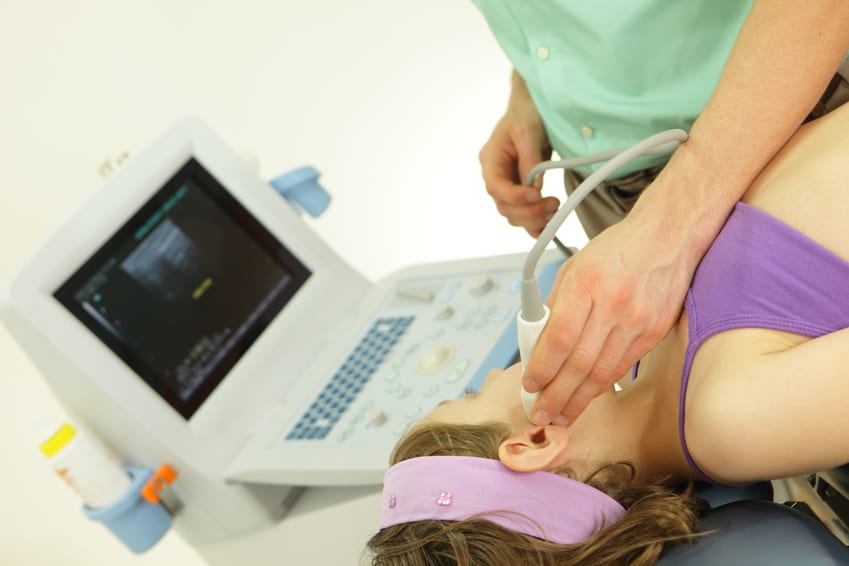
SPT Abstract – EFFICACY OF MUSCULOSKELETAL MANUAL APPROACH IN THT TREATMENT OF TEMPOROMANDIBULAR JOINT DISORDER: A SYSTEMATIC REVIEW WITH META-ANALYSIS
Martins, W. R., Blasczyk, J. C., Oliveira, M. A., Gonçalves, K. F., Bonini-Rocha, A. C., Dugailly, P., & Oliveira, R. J. (2016). Efficacy of musculoskeletal manual approach in the treatment of temporomandibular joint disorder: A systematic review with...

Spt Abstract – THE EFFICACY OF MANUAL THERAPY AND EXERCISE FOR DIFFERENT STAGES OF NON-SPECIFIC LOW BACK PAIN: AN UPDATE OF SYSTEMATIC REVIEWS
Hildago B, Detrembleur C, Hall T, Mahaudens P, Nielens H. Journal of Manual and Manipulative Therapy. 2014;22:59-74 Abstracted by: Chris Frye, SPT from Missouri State University, Springfield, MO This systematic review was performed to further understand and update...

A Physical Therapist Explains Why It’s Important to Choose the Right Con-Ed Path
Kasey Miller DPT, COMT shares why IAOM-US is the best choice for your continuing education I’d like to share with you my story and how much the IAOM-US has helped. I am a recent graduate from Kansas University Medical School and have only been out for 1 year...

SPT Abstract – THE INCREMENTAL EFFECTS OF MANUAL THERAPY OR BOOSTER SESSIONS IN ADDITION TO EXERCISE THERAPY FOR KNEE OSTEOARTHRITIS: A RANDOMIZED CLINICAL TRIAL
Abbott, J., Chapple, C., Fitzgerald, G., Fritz, J., Childs, J., Harcombe, H., & Stout, K., JOSPT. 2015; 45(12): 975-983. Article summary by Austin Gibbs SPT, from Missouri State University, Springfield, Missouri This randomized clinical trial investigated the...

SPT Abstract – Effects of Group-Based Exercise on Range of Motion, Muscle Strength, Functional Ability, and Pain During the Acute Phase After Total Knee Arthroscopy: A Controlled Clinical Trial
Hiyama, Y., Kamitani, T., Wada, O., Mizuno, K., Yamada, M. (2016) Journal of Orthopedic and Sports Physical Therapy, 46(9), 742-748. Article summary by Jessica Reid, SPT from Missouri State University, Springfield, MO. Hiyama and colleagues performed a prospective...

SPT Abstract: SONOGRAPHY OF GREATER TROCHANTERIC PAIN SYNDROME AND THE RARITY OF PRIMARY BURSITIS
This retrospective case review of sonographic examinations examined and calculated the prevalence of trochanteric bursitis, gluteal tendon abnormalities, and iliotibial band abnormalities in 877 individuals – 602 women and 275 men, with an average age of 54 years- at a single institution over a 6-year period.

EFFICACY OF BLOOD FLOW RESTRICTED LOW-LOAD RESISTANCE TRAINING IN WOMEN WITH RISK FACTORS FOR SYMPTOMATIC KNEE OSTEOARTHRITIS
From the IAOM-US Education Committee
Scientific research is showing early strong evidence for gaining muscle strength and hypertrophy by restricting blood flow through cuffs placed on a limb while the subject performs low load resistance training. While this method allows for less load on a joint, this research is done under very controlled environments. The clinician is encouraged to consider health risks that might arise as the method becomes more common. Clinical reasoning would have the clinician looking out for possible adverse effects to include: hypertension and potential blood clots, side effects that might be related to ischemia reperfusion injury, or, for instance, neuropathy from cutaneous nerve compression.

IAOM-US Colleague Q & A – Costotransverse Joint, Costovertebral Joint Testing & Treatment Update
Valerie Phelps PT, ScD, OCS, FAAOMPT, & Jean-Michel Brismée, PT, ScD, OCS, FAAOMPT QUESTION: Does a dysfunction of the costotransverse joint induce a positional (biomechanical) disturbance that can be identified in clinical examination? ANSWER: It is unlikely that...

THE EFFECT OF ASTYM THERAPY ON MUSCLE STRENGTH: A BLINDED, RANDOMIZED, CLINICALLY CONTROLLED TRIAL
Benjamin R. Kivlan, Christopher R. Carcia, F. Richard Clemente, Amy L Phelps and Robroy L. Martin BMC Musculoskeletal Disorders. 2015, 16(1) 325 Abstracted by: Tyler Daniels, SPT, from Missouri State University in Springfield, Missouri IAOM-US Comment: If you are...

A CONTEXTUAL AND LOGICAL ANALYSIS OF THE CLINICAL DOCTORATE FOR HEALTH PRACTIONERS: DILEMMA, DELUSION, OR DEFACT?
Royeen C, Lavin MA. J. Allied Health. 2007; 36:101-106. Abstracted by Tanya Smith PT, ScD, COMT, IAOM-US Fellowship Candidate “The purpose of this commentary is to address some of the common misunderstandings of the clinical doctorate, place the doctorate in context...

Successful Conservative Management of an Adolescent Musician with a Rare Occurrence of True Neurogenic Thoracic Outlet Syndrome and Cervical Ribs: A Case Report
Tanya M. Smith PT, ScD1,2, Valerie Phelps PT, ScD 1,2 and Jean-Michel Brismée PT, ScD 2,3 1 Advanced Physical Therapy Alaska, Anchorage, AK. 2 International Academy of Orthopedic Medicine-US, Tucson, AZ. 3 Texas Tech University Health Sciences Center, Center for...

COMPARISON OF LONGITUDINAL SCIATIC NERVE MOVEMENT WITH DIFFERENT MOBILIZATION EXERCISES: AN IN VIVO STUDY UTILIZING ULTRASOUND IMAGING
Ellis RF, Hing WA, McNair PJ. JOSPT. 2012;42:667-675. Abstracted by Karla Endicott, SPT, from Missouri State University, Springfield, Missouri This research study compared the effect of four different neural mobilization exercises on longitudinal sciatic nerve...

The Thoracic Four Syndrome: A Case Report and New Insights in Pathophysiology, Diagnosis and Treatment
Pedro Castex1,2,*, Jean-Michel Brismée3,4, Valerie Phelps3,5 1 International Academy of Orthopedic Medicine - Latin America, Santiago, Chile 2 Universidad del Desarrollo, Santiago, Chile 3International Academy of Orthopedic Medicine - United States, Tucson, Arizona,...

POSTURAL FUNCTION OF THE DIAPHRAGM IN PERSONS WITH AND WITHOUT CHRONIC LOW BACK PAIN
Kolar P, Sulc J, Kyncl M, Sanda J, Cakrt O, Andel R, Kumagai K, Kobesova A. J Orthop Sports Phys Ther. 2012 Apr;42(4):352-62 Abstracted by Pedro Castex, PT, COMT from Santiago, Chile, IAOM-US Fellowship Student & Jean-Michel Brismée, PT, ScD, OCS, FAAOMPT,...

COMPARISON OF FOUR DIFFERENT REDUCTION METHODS FOR ANTERIOR DISLOCATION OF THE SHOULDER
Olcay Guler, Safak Ekinci, Faruk Akyildiz, Uzeyir Tirmik, Selami Cakmak, Akin Ugras, Ahmet Piskin, and Mahir Mahirogullari. JOSPT. 2015; 10:80 Article summary by Cassandra Braddy SPT from Missouri State University, Springfield, Missouri This case report involved 153...

The differential diagnosis and conservative treatment of a distance runner with hamstring syndrome: A case study
Regina S. Bodine, SPT Rich Maas PT, DPT, OCS, COMT Missouri State University, Springfield, Missouri BACKGROUND AND PURPOSE: Hamstring syndrome is a common condition among athletes, however is frequently misdiagnosed due to its similar presentation of posterior thigh...

FOREARM PAIN, DIAGNOSED AS INTERSECTION SYNDROME, MANAGED BY TAPING: A CASE SERIES
Kaneko, S., & Takasaki, H. JOSPT. 2011; 41(7): 514-519 Article summary by Matthew Reinagel SPT, from Missouri State University, Springfield, Missouri This case series involved five female patients (mean age 49.4 years) referred to physical therapy with the...

Resisted Side Stepping: The Effect of Posture on Hip Abductor Muscle Action
Berry JW, Lee TS, Foley HD, Lewis, CL. JOSPT. 2015; 45: 675-682 Article summary by Rachel Berry, SPT from Missouri State University, Springfield, Missouri The purpose of this study was to examine hip abductor muscle activity and hip and knee joint kinematics during...
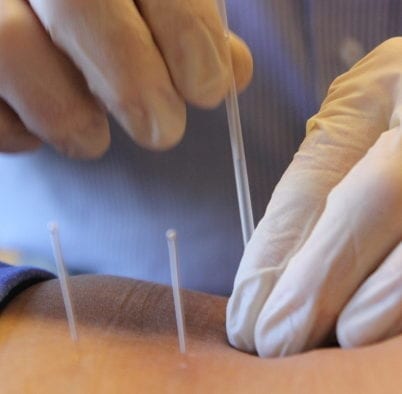
EFFECTIVENESS OF TRIGGER POINT DRY NEEDLING FOR PLANTAR HEEL PAIN: A RANDOMIZED CONTROLLED TRIAL
Cotchett MP, Munteanu SE, Landorf KB. Physical Therapy. 2014;94:1083-1094 Article summary by Luke Aten, SPT from Missouri State University, Springfield, MO This parallel group, participant-blinded, randomized control trial evaluated the effectiveness of dry needling...

EFFECT OF THE PELVIC COMPRESSION BELT ON THE HIP EXTENSOR ACTIVATION PATTERNS OF SACROILIAC JOINT PAIN PATIENTS DURING ONE-LEG STANDING: A PILOT STUDY.
Jung HS, Jeon HS, Oh DW, Kwon OY. Man Ther. 2013; 18(2):143-148. Abstracted by Pedro Castex, PT, COMT from Santiago, Chile, IAOM-US Fellowship Student & Jean-Michel Brismée, PT, ScD Fellowship Director. INTRODUCTION Sacroiliac joint (SIJ) pain is a fairly common...
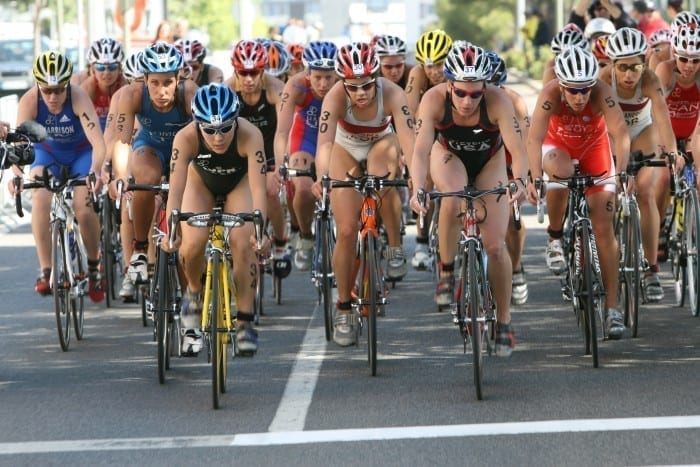
Differential diagnosis and treatment of iliotibial band pain
Brandon K, Patla C. J Man Manip Ther. 2013;21(3):142-147. Abstracted by Sarah Wyant, DPT, OCS, COMT, IAOM-US Fellowship Student, Seattle,Washington; Jean-Michel Brismée, PT, ScD, OCS, FAAOMPT, Texas Tech University Health Sciences Center Background: Cuboid syndrome is...
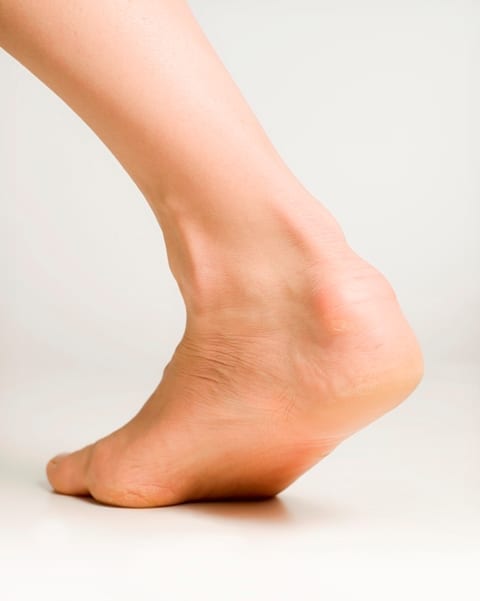
EFFECTS OF A PROXIMAL OR DISTAL TIBIOFIBULAR JOINT MANIPULATION ON ANKLE RANGE OF MOTION AND FUNCTIONAL OUTCOMES IN INDIVIDUALS WITH CHRONIC ANKLE INSTABILITY
Beazell J, Grindstaff T, Sauer L, Magrum E, Ingersoll C, Hertel J. Journal of Orthopaedic and Sports Physical Therapy 2012, 42(2):125-134. Abstracted by: Amy Clark, PT, ScD, COMT, Fort Worth, TX--Fellowship Candidate, IAOM-US Fellowship Program. Recurrent ankle...

The Acute Effects of Unilateral Ankle Plantar Flexors Static-Stretching On Postural Sway and Gastrocnemius Muscle Activity During Single-Leg Balance Tasks
Lima BN, Lucareli PRG, Gomes WA, Silva JJ, Bley AS, Hartigan EH, Marchetti PH. J Sports Sci Med. 2014 Sep; 13(3): 564–570 Article summary by Angela Kessen SPT, from Missouri State University, Springfield, Missouri This study utilized 14 young, healthy, and non-trained...

PLATELET RICH PLASMA VERSUS LASER THERAPY IN LATERAL EPICONDYLITIS OF ELBOW
Tonk G, Kumar A, Gupta A, Indian Journal of Orthopedics. 2014;41:390-393. Article summary by Samantha Crager SPT, CSCS from Missouri State University, Springfield, Missouri The prospective observational study was done to assess the efficacy of autologous Platelet Rich...

A Case Study Involving Management of the Upper Cervical Spine
Denise Schneider, PT, FAAOMPT, COMT, ATC Abstract A patient presenting with a primary complaint of upper jaw pain is challenging to diagnose and treat due to various possible etiologies and convergence of sensory afferents that may refer pain to that area. A...

Some Factors Predict Successful Short-Term Outcomes in Individuals With Shoulder Pain Receiving Cervicothoracic Manipulation: A Single-Arm Trial
Paul E Mintken, Joshua A. Cleland, Kristin J. Carpenter, Melanie L Bieniek, Mike Keirns, Julie M. Whitman. PTJ. 2010; 90: 26-42. Article Summary by Jacey Brown SPT, from Missouri State University, Springfield, Missouri This study was conducted from October of 2006 to...

Evaluation of the Reliability of the Dial Test for Posterolateral Rotary Instability
Bae JH, Choi IC, Suh SW, Lim HC, Bae Nha KW, Wang JH. Arthroscopy: The Journal of Arthroscopic and Related Surgery. 2008;24(5):593-598. Abstracted by Tanya Smith PT ScD, COMT from Anchorage, Alaska The purpose of this study was to assess the reliability of the Dial...

Acute Rotator Cuff Tear: Do we miss an early diagnosis?
Sorensen AKB, Bak K, Krarup AL, Thune CH, Nygaard M, Jorgensen U, Sloth C, Torp-Pedersen S. J Shoulder Elbow Surg 2007;16:174-180. Abstracted by Matthew P. Mobius M.S., P.T., OCS, Long Island New York. The authors evaluated epidemiological data of patients...
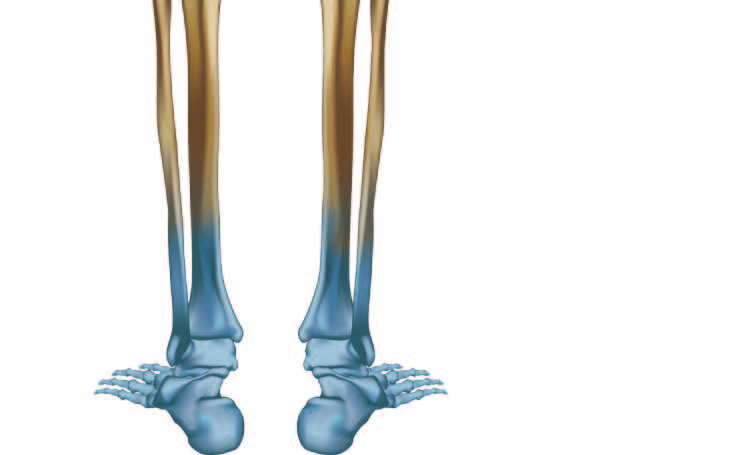
Examining Neuromuscular Control During Landing On A Supinating Platform In Persons With And Without Ankle Instability
Gutierrez GM, Knight CA, Swanik CB, et al. Am J Sports Med. 2011; Sept 14 (Epub ahead of print). Clark Christianson, PT, MPT from Glencoe, Minnesota. Previous research found that those with ankle instability demonstrated reduced activation of the peroneal musculature...

CASE STUDY: Fifteen Year Old Gymnast with Lateral Hip Pain – The story behind the story
Submitted by Rich Maas PT, DPT, OCS, COMT from Springfield, Missouri This case involved a 15 year old male suffering with intermittent tightness pulling and sharp pain in the right lateral hip severity 6 of 10 on VAS. The client was an all-around competitive gymnast. ...

Deflated Beach Ball to Promote Early Cervical Spine Mobility
Submitted by Rich Maas PT, DPT, OCS, COMT from Springfield, Missouri The concept of frequent gentle motion promotes healing was initially described by Hippocrates over 2400 years ago, and a plethora of scientific evidence continues to strongly support this phenomena....
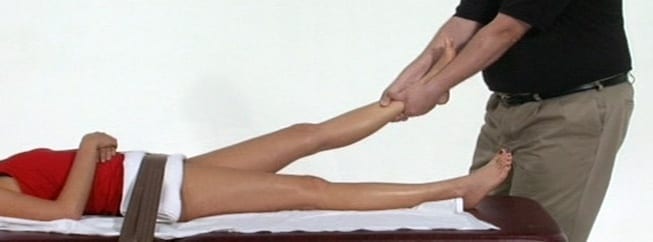
In Vivo Measurement of Posterior Femoral Glide During Hip Joint Mobilizations
Loubert PV, Zippe JT, Klobucher MJ, Marquardt ED, Opolka MJ. J Ortho Sports Phys Ther. 2013;43:534-540. Abstract by John Hoops PT, COMT. Saint Paul, Minnesota. The authors defined the primary objective of joint mobilization as restoring the necessary accessory...
